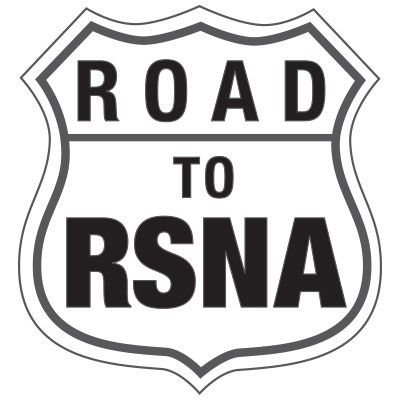
Our final destination on the Road to RSNA is imaging informatics and specifically PACS, cybersecurity, structured reporting, clinical decision support (CDS), radiation dose-monitoring software, analytics, and issues regarding patient access to radiology results. For previews of papers on artificial intelligence or advanced visualization topics, please also check out our Road to RSNA Artificial Intelligence and Advanced Visualization previews.
Researchers will come to RSNA 2018 ready to discuss ways to improve on the radiologist's primary product: the radiology report. A number of presentations in Chicago will highlight, for example, the potential for multimedia structured reports to help radiologists produce higher-quality reports and automate assessment of categories in BI-RADS and similar classification systems. One study found that radiologists will frequently utilize interactive multimedia reports if they have the opportunity.
Furthermore, interventional radiologists may have some useful wisdom to offer for creating reports that satisfy referring physicians, according to another presentation. In addition, researchers will explain why radiology reports are often too complicated for the average patient to comprehend. Speaking of patients, one study will show that there's room for improvement in terms of patients accessing their radiology results through online portals.
Clinical decision support remains a timely topic, especially in light of the recent final rule by the U.S. Centers for Medicare and Medicaid Services (CMS) to finalize its plans for CDS; effective January 1, 2020, ordering providers will be mandated to consult appropriate use criteria during ordering of advanced imaging studies for Medicare patients. At McCormick Place, researchers will discuss topics such as lessons learned from a CDS pilot initiative and how a CDS initiative was able to decrease the number of duplicative abdominal ultrasound studies.
Radiation dose monitoring remains a hot area. Presenters will highlight, for example, how standardized reporting templates can ensure compliance with an enterprise-wide dose reduction initiative and how an informatics platform can monitor both radiation dose and image quality.
In other applications for analytics, natural language processing techniques can facilitate correlation of radiology and pathology results, as well as help determine the need for CT contrast, according to two presentations. It can also search CT reports for mentions of incidental lung nodules, enabling analysis of compliance with Fleischner Society guidelines.
Cybersecurity will always be a big concern in today's world. However, financial penalties currently in place for healthcare data breaches in the U.S. may have actually led to an increased risk for loss of protected health information, according to a scheduled talk at the meeting. In addition, another presentation will review the potential -- and limitations -- for blockchain technology in radiology.
See below for our previews of select imaging informatics-related scientific papers and posters at RSNA 2018. Of course, these are just a sample of the imaging informatics content planned for the meeting. For more information on those talks, as well as other abstracts and refresher courses, view the RSNA 2018 meeting program.




















